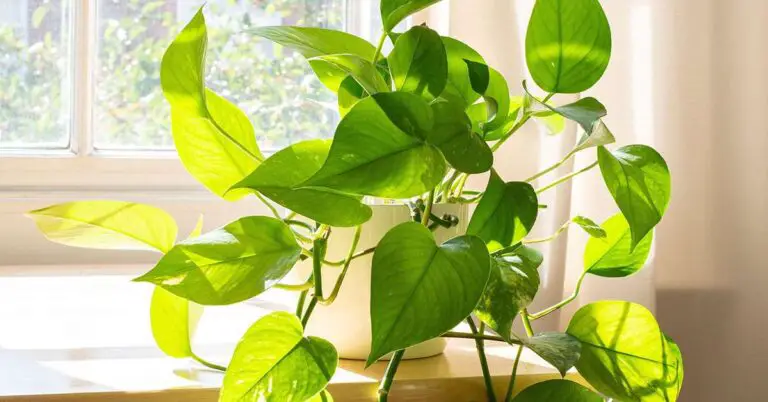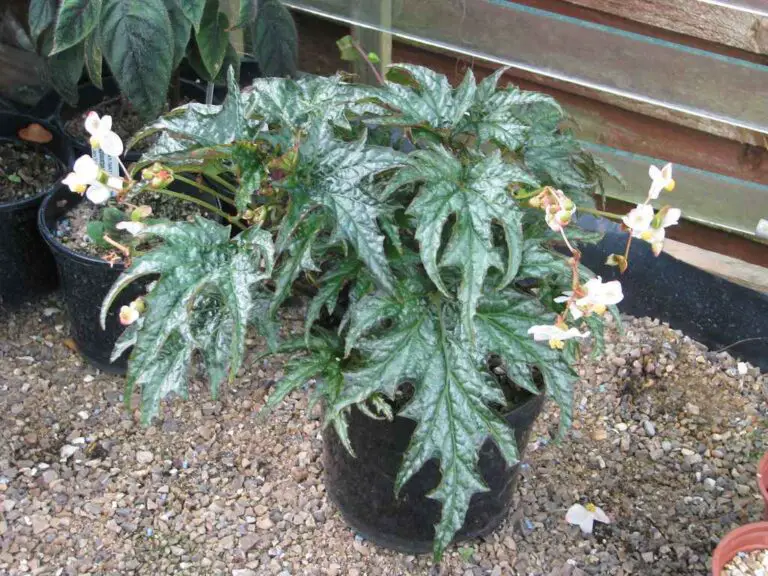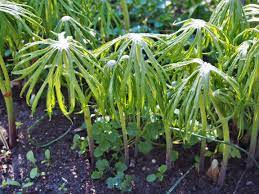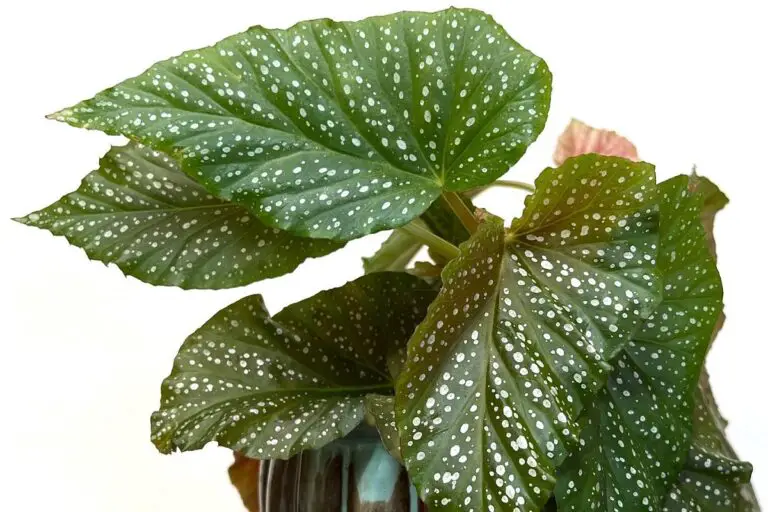The Begonia vankerckhovenii is an eye-catching and delicate plant native to Africa. It boasts unique foliage with veined, heart-shaped leaves that come in shades of green and red. This tropical beauty thrives in warm, humid environments, making it a perfect addition to terrariums or greenhouses.
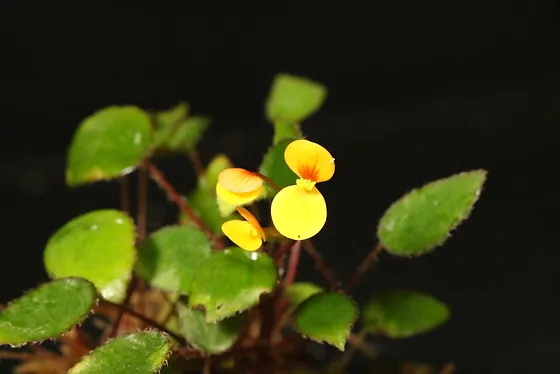
Essential Care for a Thriving Begonia vankerckhovenii
Lighting: Finding the Sweet Spot
Like most begonias, the vankerckhovenii enjoys bright, indirect sunlight. Avoid harsh, direct sunlight, which can scorch the leaves. Consider placing your plant near a filtered window or using grow lights if natural light is limited.
Temperature: Keeping it Cozy
This begonia prefers warm temperatures between 60°F and 80°F (15°C and 27°C). Protect it from sudden temperature drops or cold drafts, as it can easily suffer damage.
Humidity: Creating a Tropical Paradise
The vankerckhovenii thrives in high humidity, ideally between 80% and 95%. Here are some ways to achieve this:
- Mist the plant regularly with filtered water.
- Use a humidifier near the plant.
- Group your begonia with other humidity-loving plants.
Watering: The Art of Moisture Balance
This plant prefers consistently moist soil but never soggy. Allow the top inch of the potting mix to dry slightly between waterings. Avoid overwatering, which can lead to root rot.
Choosing the Right Potting Mix: Providing a Solid Foundation
A well-draining potting mix is crucial for your begonia’s health. Opt for a mix like sphagnum moss or a peat-based mix with perlite for optimal drainage and aeration.
By following these essential care tips, you can ensure your Begonia vankerckhovenii flourishes in your home and brings a touch of the tropics to your space.
Begonia vankerckhovenii: Growing Tips for Success
Feeding: Nourishing Your Begonia
While the vankerckhovenii isn’t a heavy feeder, providing light fertilizer during the growing season (spring and summer) will promote healthy growth. Opt for a balanced, diluted liquid fertilizer and follow the instructions on the label. Avoid overfertilizing, as it can harm the plant.
Propagation: Expanding Your Begonia Family
This begonia can be easily propagated to create new plants, allowing you to share its beauty or expand your collection. Here are two popular methods:
- Stem Cuttings: Take a healthy stem with a few leaves, remove the lower leaves, and plant it in a well-draining mix. Keep the soil moist and provide bright, indirect light.
- Leaf Cuttings: Cut a healthy leaf with its petiole (stem) attached. Bury the petiole in a well-draining mix and keep the soil moist. Both methods require patience, but you should see new growth in a few weeks.
Common Challenges: Recognizing and Addressing Issues
Despite its delicate appearance, the vankerckhovenii is generally a low-maintenance plant. However, some potential issues can arise:
- Drooping Leaves: This often indicates underwatering. Increase watering frequency while ensuring proper drainage.
- Pests: Inspect your plant regularly for signs of common houseplant pests like mealybugs or aphids. Use insecticidal soap or neem oil to treat infestations.
- Diseases: Fungal diseases can occur due to overwatering or poor air circulation. Ensure proper drainage, increase air circulation, and remove any infected leaves.
By identifying issues early and taking proper action, you can overcome these challenges and keep your Begonia vankerckhovenii thriving.

Conclusion: Cultivating Confidence with Begonia vankerckhovenii Care
You can cultivate this captivating begonia by following the care tips and growing suggestions outlined above. Remember, consistent monitoring, adjusting methods to fit your environment, and providing your plant with the necessary care will allow its beauty to flourish and bring a touch of the tropics indoors. So, confidently embark on your begonia journey, and enjoy the rewarding experience of nurturing this unique and delightful plant.

